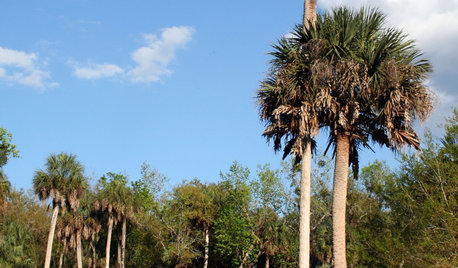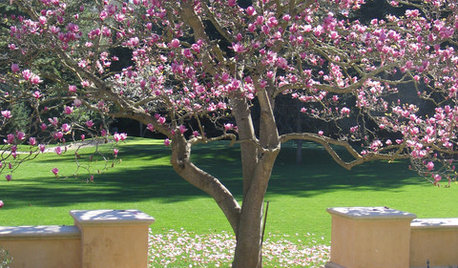at the margins of hope for no-spray peaches
cousinfloyd
9 years ago
Related Stories

EDIBLE GARDENSHow to Grow Your Own Peaches and Nectarines
Make gardening a little sweeter with these juicy fruits, which you can eat after plucking or preserve for later
Full Story
GARDENING FOR BUTTERFLIESGardening for the Bees, and Why It’s a Good Thing
When you discover how hard bees work for our food supply, you may never garden without them in mind again
Full Story
EDIBLE GARDENSWhy Grow Quince? For Beauty, Fragrance and Old-Time Flavor
Delightfully perfumed fruit and lovely spring blossoms make this apple and pear cousin worth a spot in the garden
Full Story
EDIBLE GARDENSHow to Grow Your Own Luscious Cherries
Nope, they’re not the easiest fruit to grow. But with spectacular blossoms and pies as possibilities, cherries are sure worth a try
Full Story
FRUIT TREESHow to Grow Your Own Juicy Plums
Easier than other stone fruits and with a variety of colors to choose from, plums are a versatile garden addition
Full Story
EDIBLE GARDENSHow to Grow 10 Favorite Fruit Trees at Home
Plant a mini orchard in fall, winter or early spring to enjoy fresh-off-the-tree fruit the following year
Full Story
GARDENING GUIDESGreat Design Plant: Rosa Banksiae a Low-Maintenance Beauty
This thornless, disease- and insect-resistant rose brings showers of white or yellow flowers to the spring garden
Full Story
TREESGreat Design Plant: Sabal Palm Enchants in Balmy Sites
Towering and tolerant, this tree blends in, stands out and happily stars in vacation photos
Full Story
GARDENING GUIDESOrganic Matters: Thwart Insect Pests With Trap Crops
Add a few sacrificial plants to your garden to lure insects away from the harvest
Full Story
LIFE10 Ways to Honor and Remember a Departed Loved One at Home
Help the grieving process and keep beautiful memories alive with these thoughtful tributes
Full Story







Scott F Smith
bob_z6
Related Professionals
Norfolk Landscape Architects & Landscape Designers · Jennings Landscape Architects & Landscape Designers · Woodinville Landscape Architects & Landscape Designers · Brooklyn Center Landscape Architects & Landscape Designers · Brookside Landscape Contractors · Cary Landscape Contractors · Cockeysville Landscape Contractors · Cornelius Landscape Contractors · Corona Landscape Contractors · Davis Landscape Contractors · Eustis Landscape Contractors · Nanuet Landscape Contractors · Plymouth Landscape Contractors · Tustin Landscape Contractors · Oxon Hill Landscape Contractorsalan haigh
glib
cousinfloydOriginal Author
alan haigh
Scott F Smith
bob_z6
rayrose
alan haigh
rayrose
Scott F Smith
olpea
alan haigh
olpea
rayrose
alan haigh
rayrose